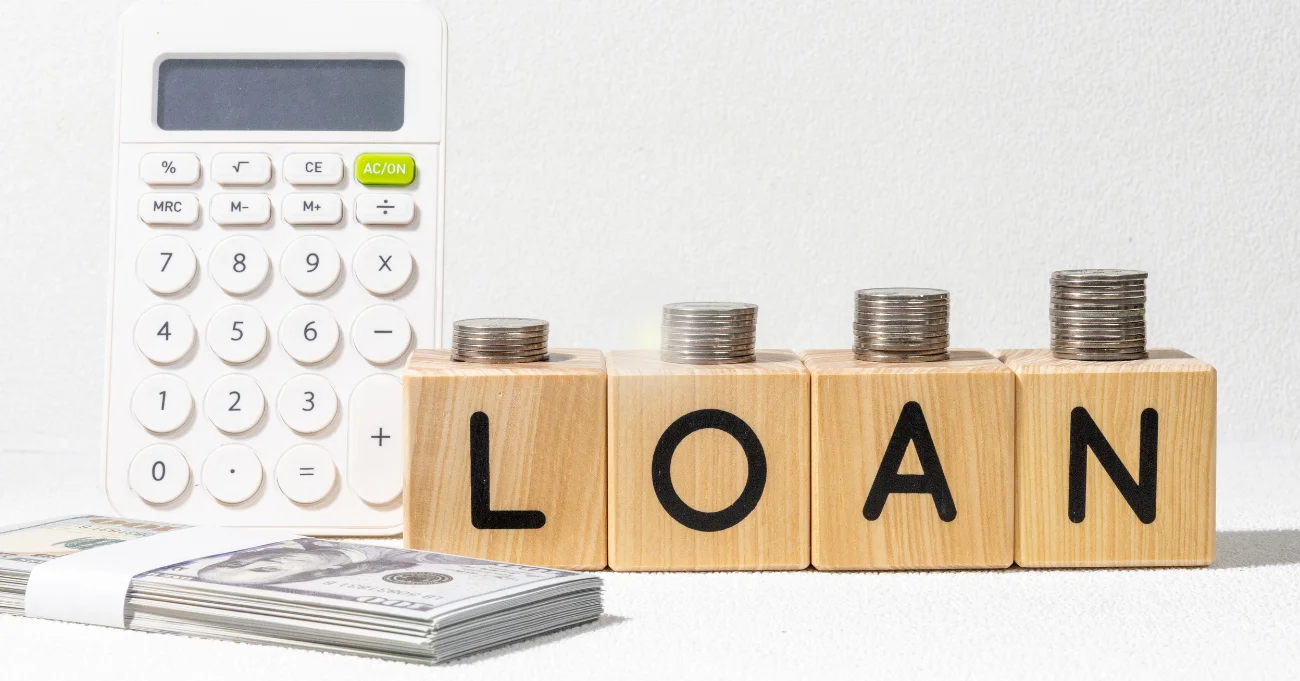The Federal Reserve interest rate cut is sparking excitement among aspiring homeowners and investors, especially with the most recent cut on September 18, 2024 and the next meeting set for November 7, 2024. With mortgage rates starting off high in the first half of this year, 71% of potential buyers are holding back, waiting for rates to drop before making an offer. As of October 31, 2024, 30-year fixed mortgage rates average 6.88%, but they’re expected to dip into the high-5% range by the end of 2025.
The next Federal Reserve interest rate cut could be the opening many have been waiting for, so let’s dive into what it could mean for you – whether you’re buying, refinancing, or simply curious about where the market might go next.
Breaking Down the Federal Reserve Interest Rate Cut
What Is the Federal Reserve Rate?
The Federal Reserve rate is essentially the interest rate banks charge each other for overnight loans to meet their reserve requirements. It’s one of the key tools the Fed uses to help manage the economy. When they adjust this rate, borrowing either becomes more affordable to boost spending and growth or more expensive to keep inflation in check.
The concept of the Fed rate dates back to 1913 when the Federal Reserve System was created, but it only became fundamental in the 1970s and 80s when the Fed used it to curb high inflation. Since then, the Fed has used rate adjustments to mitigate economic ups and downs, whether it’s to encourage growth during recessions or cool things off when the economy’s heating up.
Why Does the Federal Reserve Cut Rates?
The Federal Reserve cuts rates to help boost the economy, making it easier and cheaper for people and businesses to borrow, spend, and invest. When borrowing costs go down, people are more likely to take out loans for things like homes or cars, which can stimulate economic activity and even create jobs.
Federal Reserve interest rate cuts are especially useful during slowdowns or recessions, when the Fed wants to give the economy a bit of a “jump start” to keep things moving. They’re essentially encouraging spending over saving, which can help boost growth and get the economy back on track. It’s all about finding that balance to keep the economy healthy and avoid the extremes of too much inflation or too little growth.

A Federal Reserve Interest Rate Cut vs. Federal Reserve Interest Rate Hike
A Federal Reserve interest rate cut and rate hike have opposite effects on the economy. They’re both used to guide financial activity toward a more balanced economy.
When the Fed cuts rates, it lowers the cost of borrowing, encouraging people and businesses to take out loans, spend, and invest, which can help boost the economy, especially during periods of slow growth or recession. On the other hand, a rate hike means increasing interest rates, making borrowing more expensive. This is usually done when the economy is growing too fast and inflation is rising. To slow down spending and investment, the Fed raises rates to help prevent the economy from becoming unsustainable and keeps inflation in check. In both cases, the Fed’s goal is to keep the economy steady by either stimulating growth with a cut or cooling things down with a hike, depending on what’s needed at the time.
Will Mortgage Rates Go Down After the November Federal Reserve Meeting?
The November 7th Federal Reserve meeting has everyone guessing, but signs are pointing toward a 25-basis point rate cut that could give borrowers a bit of a break. With job openings dropping to their lowest since January 2021, many analysts see this as a signal that the Fed will likely reduce rates, even after September’s unexpectedly strong job growth. Inflation is showing positive progress, too – coming down steadily from 3.5% in March to 2.4% in September, getting closer to the Fed’s long-term target of 2%. While there’s always room for surprises, a cut could help borrowers see some rate relief as we move into 2025.
What the Federal Reserve Interest Rate Cut Means
The Federal Reserve Interest Rate Cut’s Impact on Borrowers
A Federal Reserve Interest rate cut means borrowing costs will drop, making it a win for anyone looking to take out a loan. This goes beyond just mortgage rates – car loans, credit cards, personal loans, and more will likely see lower interest rates too. For borrowers, this means cheaper access to money, whether you’re buying a house, financing a car, or managing credit card debt. Lower rates can reduce monthly payments, helping people stretch their budgets a little further or simply making big purchases more manageable. While each type of loan might see slightly different changes, overall, a Fed rate cut tends to make borrowing more affordable across the board.

The Federal Reserve Interest Rate Cut’s Impact on Savers
A Federal Reserve interest rate cut isn’t the best news for savers since it usually leads to lower interest rates on savings accounts and CDs. This means that the money you set aside will grow more slowly than before. Some banks have already started lowering their savings interest rates in anticipation, so people may see smaller returns on their accounts. If you’re a saver looking to make the most of current rates, now might be a good time to lock in a CD rate before those rates start to dip even further. While lower rates make borrowing cheaper, they can make it a bit harder to grow your savings, so finding ways to maximize returns in this environment is something important to consider.
How Does the Federal Reserve Interest Rate Cut Affect Mortgage Rates?
A Federal Reserve interest rate cut typically means that mortgage rates will fall, as they tend to move proportionally to the Fed’s adjustments. So, when the Fed lowers rates, we usually see mortgage rates follow suit, which is great news for potential homebuyers and those looking to refinance. However, it’s not always a direct relationship – in early fall, for example, mortgage rates actually ticked up despite the Fed rate cut on September 18th. This happens because mortgage rates are influenced by more than just the Fed rate. Factors like inflation, bond markets, and economic expectations also play a role. But generally speaking, a rate cut puts downward pressure on mortgage rates, making borrowing for a home a bit more affordable.
How Does the Federal Reserve Interest Rate Cut Affect Housing Prices?
A Federal Reserve interest rate cut can actually drive housing prices up in the long run, thanks to the impact on mortgage rates. When the Fed cuts rates, mortgage rates tend to decline too, which means buyers can afford larger loans with the same monthly budget. This increase in consumer purchasing power leads to more people in the market for homes, which boosts demand. And as demand for housing goes up, so do prices. So, while lower mortgage rates make buying more affordable, they also often mean average home prices will increase as more buyers compete for available properties.

Is It a Good Time to Refinance?
With mortgage rates potentially dropping after the Fed’s recent rate cuts, now could be a great time to consider refinancing. Lower rates mean you could lock in a better deal on your mortgage, which might reduce your monthly payments or help you pay off your loan faster. Refinancing isn’t a one-size-fits-all decision, though, and the right move depends on your unique financial situation.
That’s where Defy Mortgage comes in. We specialize in finding the best refinancing options tailored to your needs. Whether you’re looking to cash out some of your home equity or just want to do a rate-and-term refinance, we’ve got you covered. If you’re wondering whether refinancing is the right choice, book a free consultation with one of our mortgage experts to explore your options and see how much you could save.
What Are My Refinancing Options?
If you’re thinking of refinancing your home or investment property, here are some options to consider:
- Cash-Out Refinance: Cash out your home equity and replace your current mortgage with a new, larger loan.
- Rate-and-Term Refinance: Keep your current loan balance, but replace your current mortgage with one that has more favorable rates and/or terms.
- DSCR Loan Refinance: Replace your current mortgage with a DSCR (debt-service coverage ratio) loan for your investment property and qualify using your property’s income.
What the Experts Have to Say About the Federal Reserve Interest Rate Cuts
Experts have plenty to say about the recent Federal Reserve interest rate cuts and what they mean for the economy, borrowers, and savers. Here’s a look at what economists and financial analysts are saying about the Fed’s recent moves:
- Mike Fratantoni, Chief Economist at the Mortgage Bankers Association, says the inflation data aligns with a 25-basis-point cut in November, which could lead to slightly lower mortgage rates.
- Jason Furman, Aetna Professor of the Practice of Economic Policy at Harvard Kennedy School and the Department of Economics at Harvard, stated that the median forecast published in September was for two more rate cuts of 25 basis points each in 2024.
- Odeta Kushi, Deputy Chief Economist at First American, expects rates to continue trending downwards if the labor market continues to soften and inflation cools.

What to Expect Going Forward
Looking ahead, there’s a strong chance that the Federal Reserve will continue with rate cuts, especially as we approach the December Fed meeting. Futures contracts tied to the Fed’s policy rate are signaling a 94% chance of a 25-basis-point cut in November and around a 70% chance of a similar cut in December. While rates could fluctuate in the near term, experts expect a general downward trend throughout 2025, with the goal of making homeownership more affordable for Americans.
All in all, most financial experts anticipate rates trending downwards as long as unemployment rates and inflation continue toward the Fed’s targets. So while some rate bumps could happen along the way, the big picture points toward decreasing rates, which could bring welcome relief for those looking to buy or refinance.
Key Takeaways from the Federal Reserve Interest Rate Cuts
The Federal Reserve interest rate cuts bring changes that can impact everything from mortgage rates to overall economic stability. For potential homeowners and those considering refinancing, lower rates could be a game-changer, opening the door to more affordable monthly payments and better loan terms. While we may see more cuts in the coming months, it’s wise to stay informed and make moves that align with your financial goals.
If you’re thinking about buying a home or refinancing, now is a great time to explore your options. Defy Mortgage is here to help you discover the best solutions for your homeownership needs.
Whether you’re an investor or a first-time homebuyer, we have tailored loan solutions to fit everybody’s needs. Book a call with us today and let’s get you on the path to smarter, more affordable financing.




